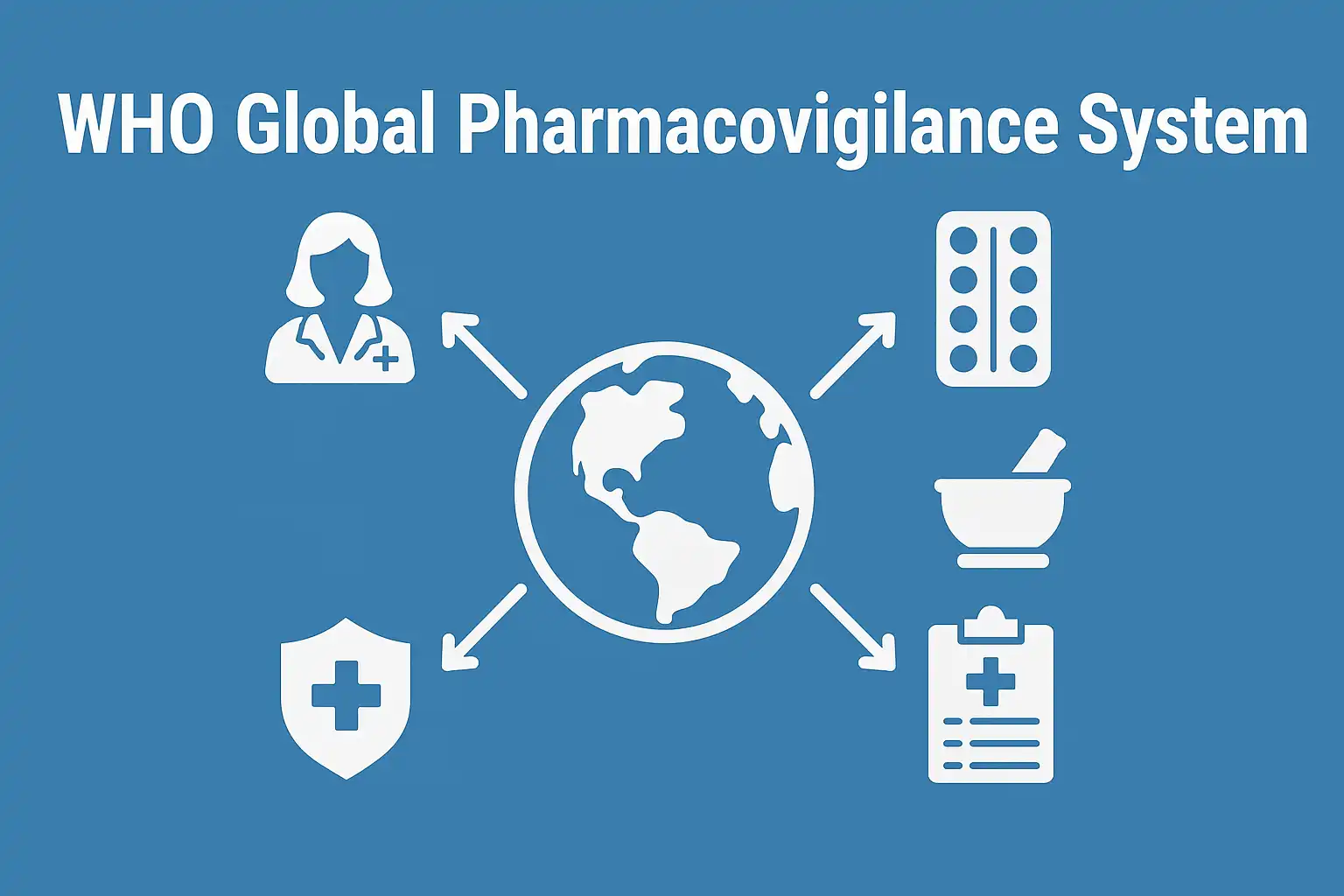WHO Global Pharmacovigilance System: 2025 Operations
2.4M adverse event reports processed monthly by WHO’s VigiBase in 2025
How WHO’s Pharmacovigilance Network Operates
The World Health Organization’s global drug safety system comprises three core components:
1. National Centers
154 member countries submit standardized reports through:
- ICSR forms
- HL7 FHIR APIs
- VigiFlow web portal
2. Uppsala Monitoring Centre
Central hub for:
- AI signal detection
- Risk pattern analysis
- Global alert dissemination
VigiBase AI Upgrades (2024-2025)
WHO’s core database now features:
- Multilingual NLP processing 142 languages
- Predictive analytics for emerging risks
- Automated signal scoring (87% accuracy)
Global Collaboration Framework
The system’s effectiveness stems from:
| Component | 2025 Capability |
|---|---|
| Data Standardization | WHO-UMC ICSR v3.2 |
| Analysis Speed | 93% faster than 2020 |
| Member Participation | 154 countries (97% global coverage) |
2024 Malaria Vaccine Alert
Situation: Dispersed neurological event reports across 3 continents
WHO Action: Connected cases within 11 days via VigiBase pattern recognition
Outcome: Updated guidelines preventing ~4,200 adverse events


